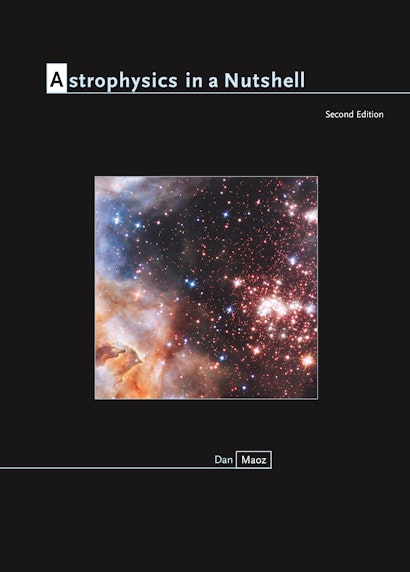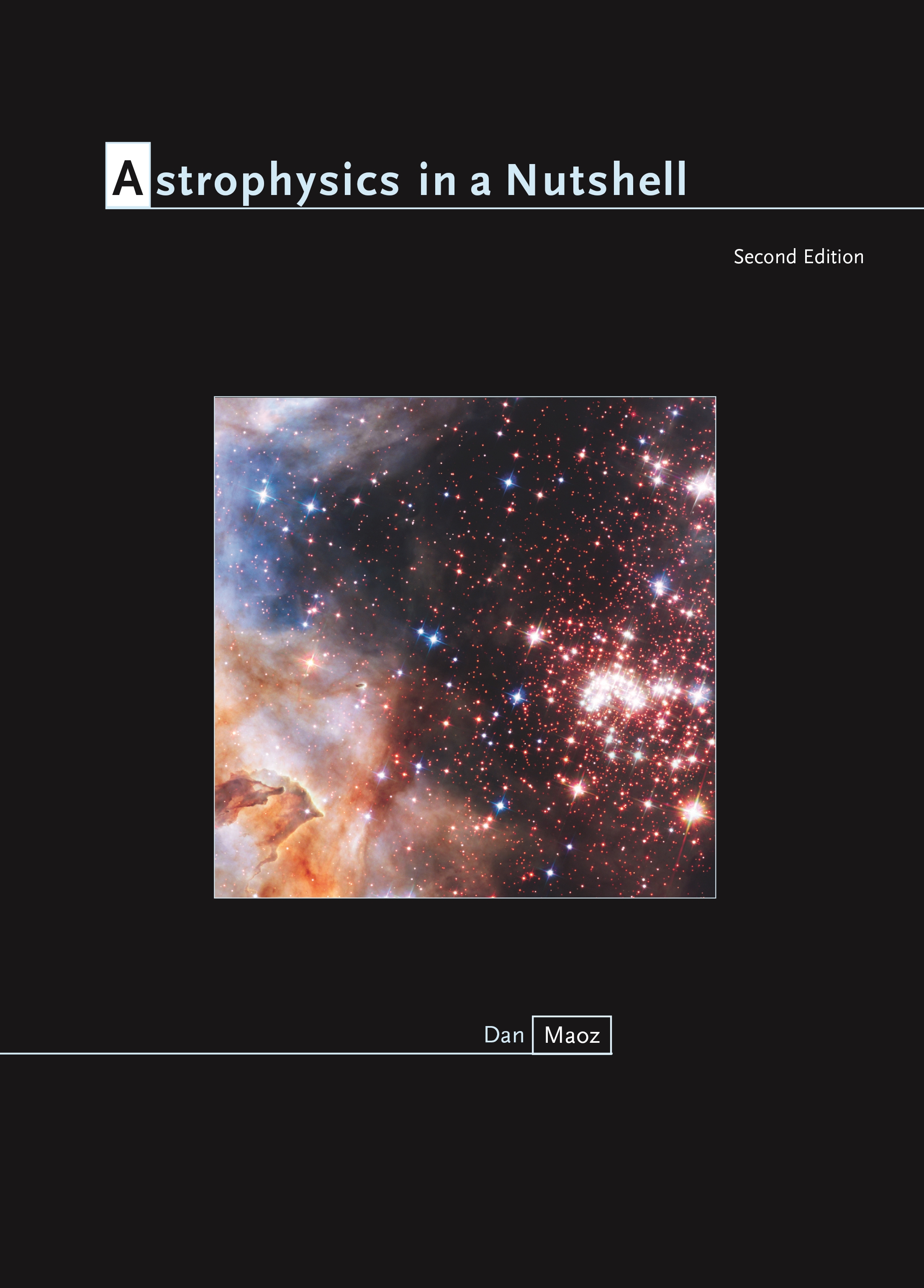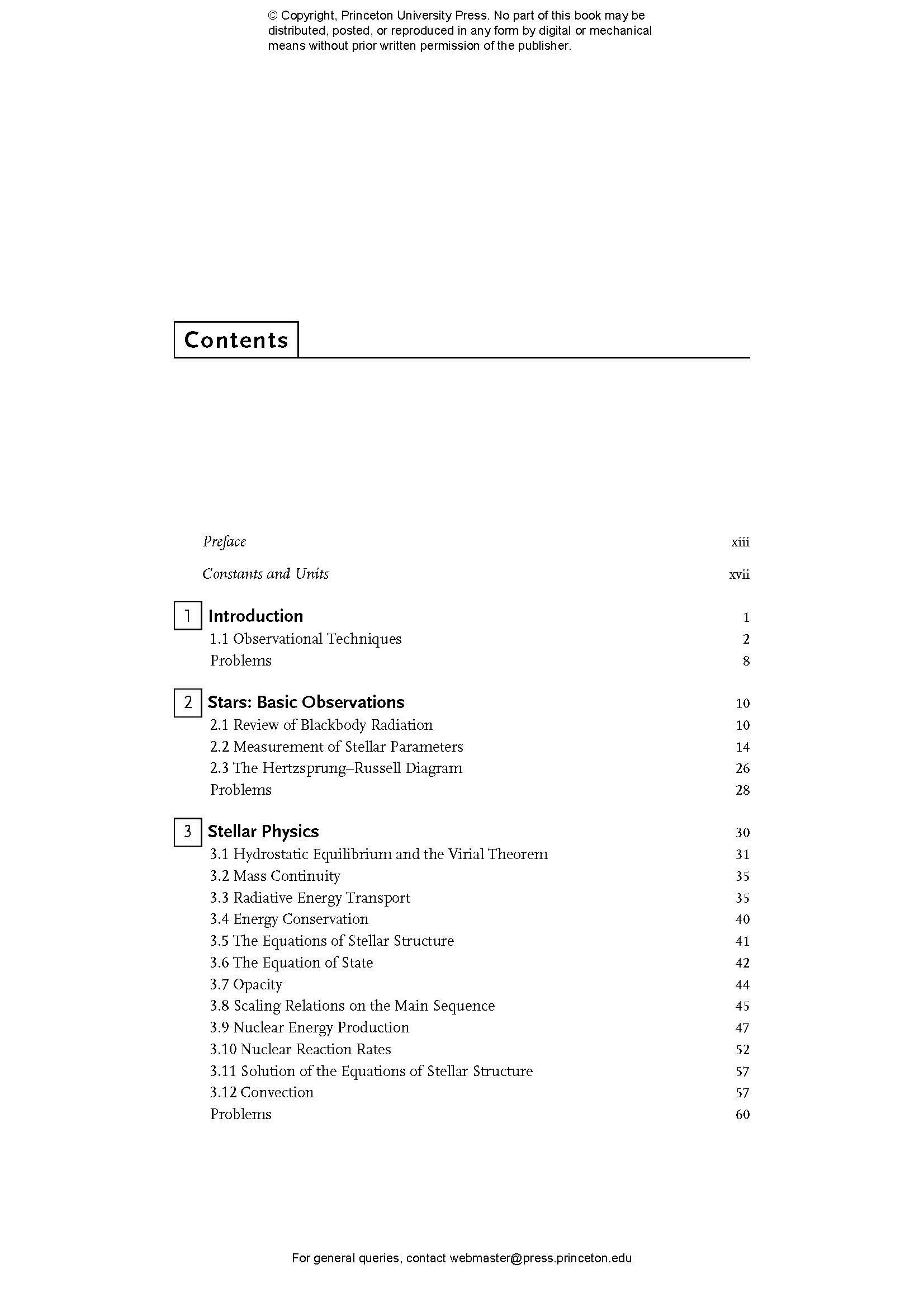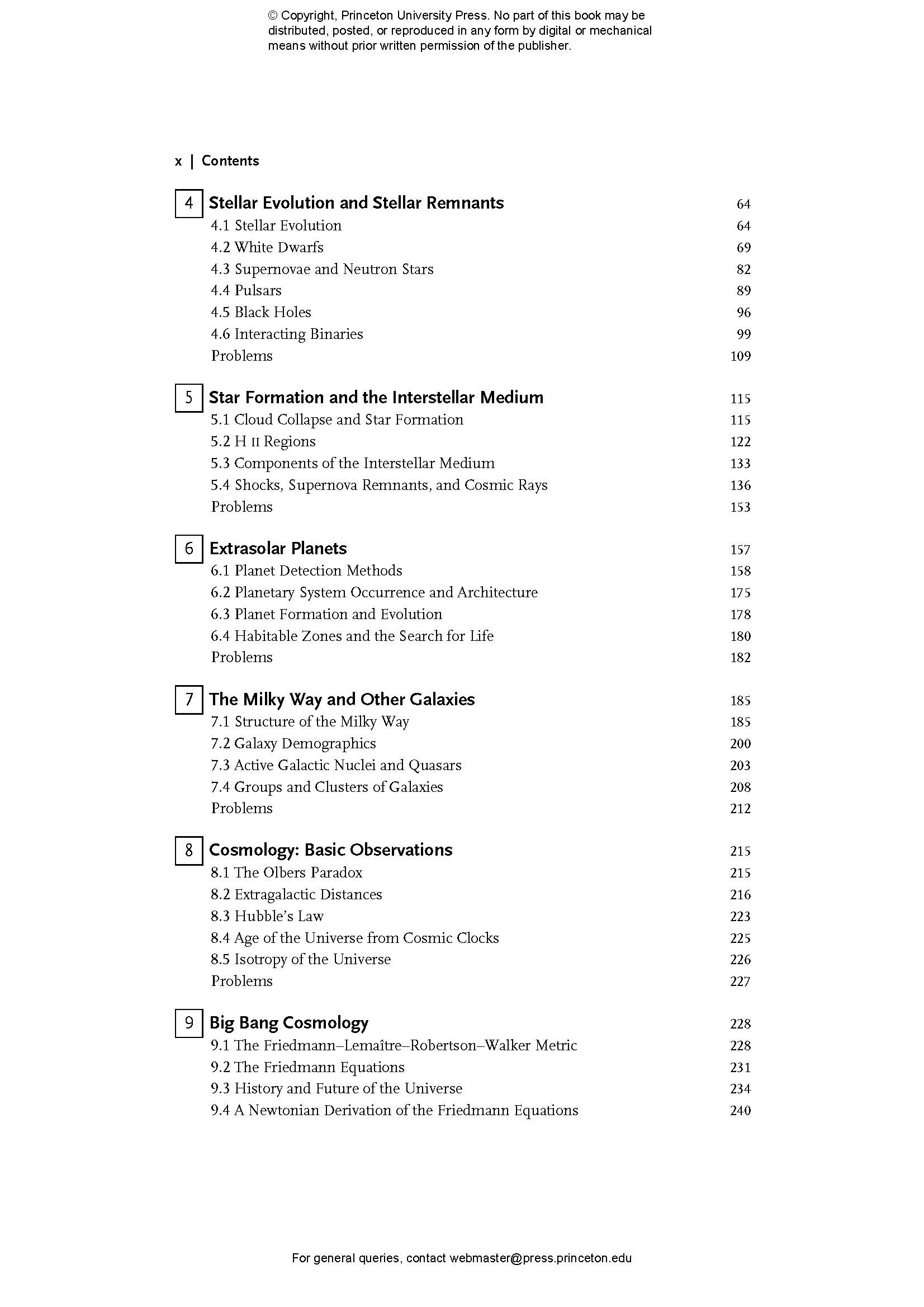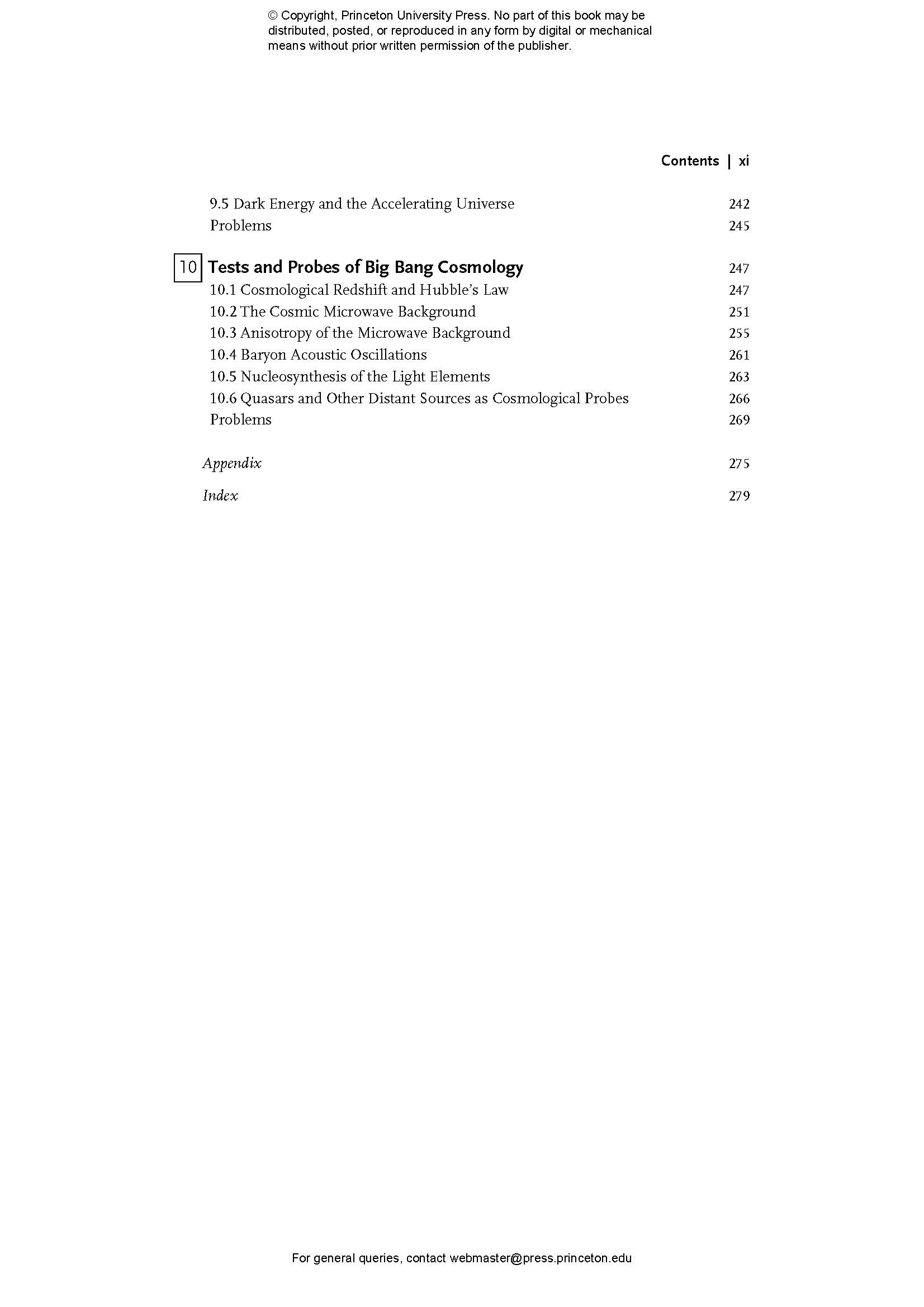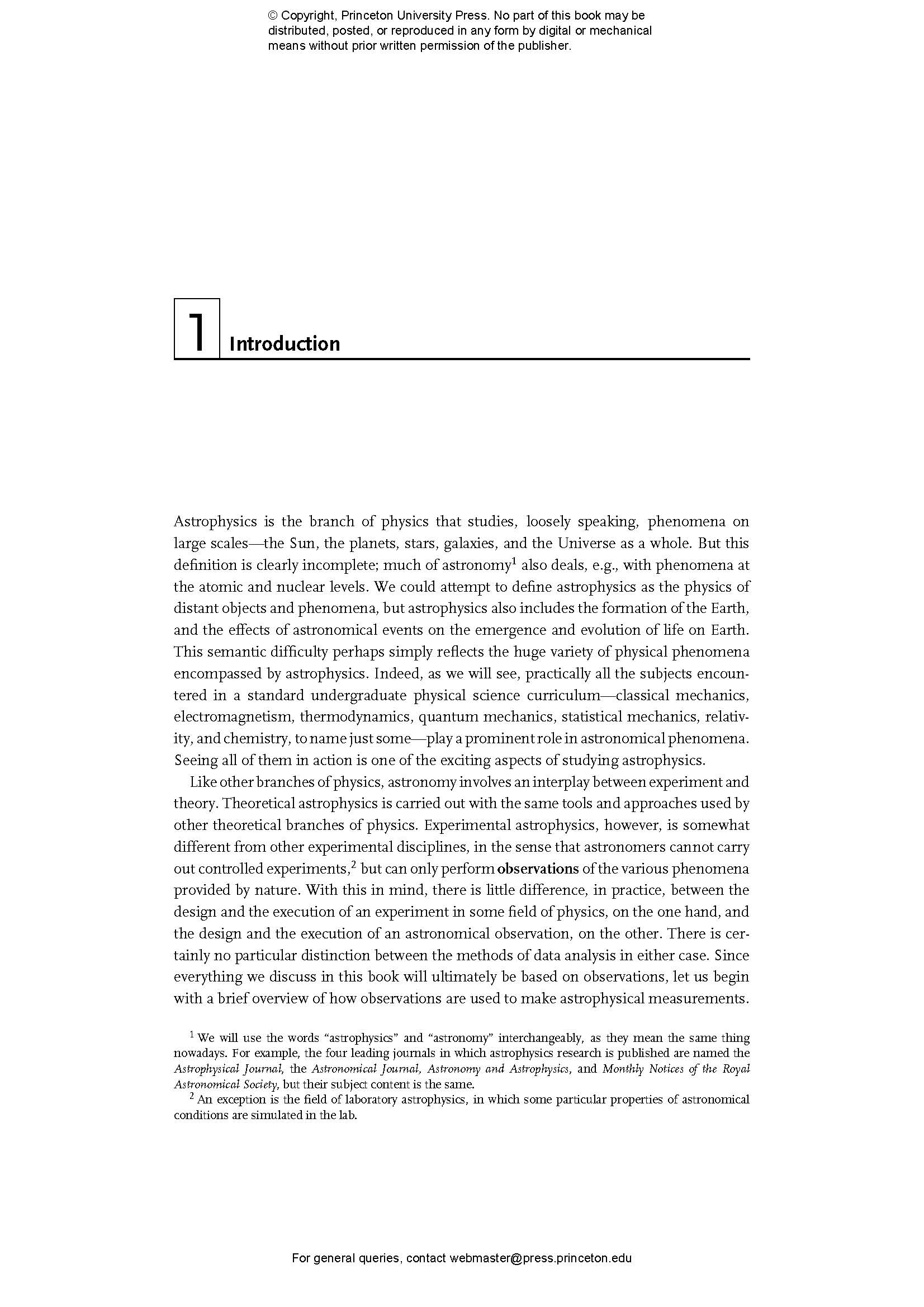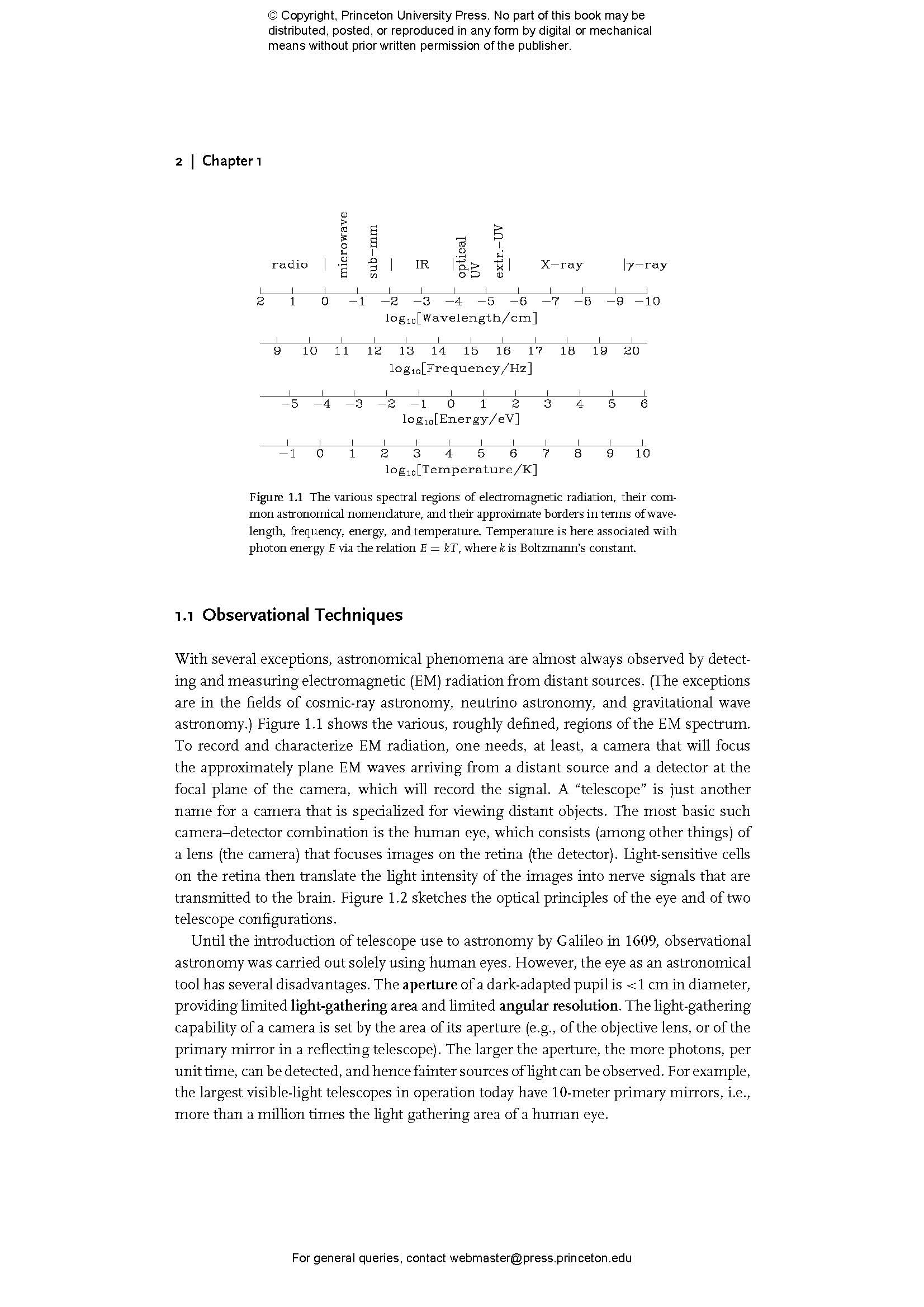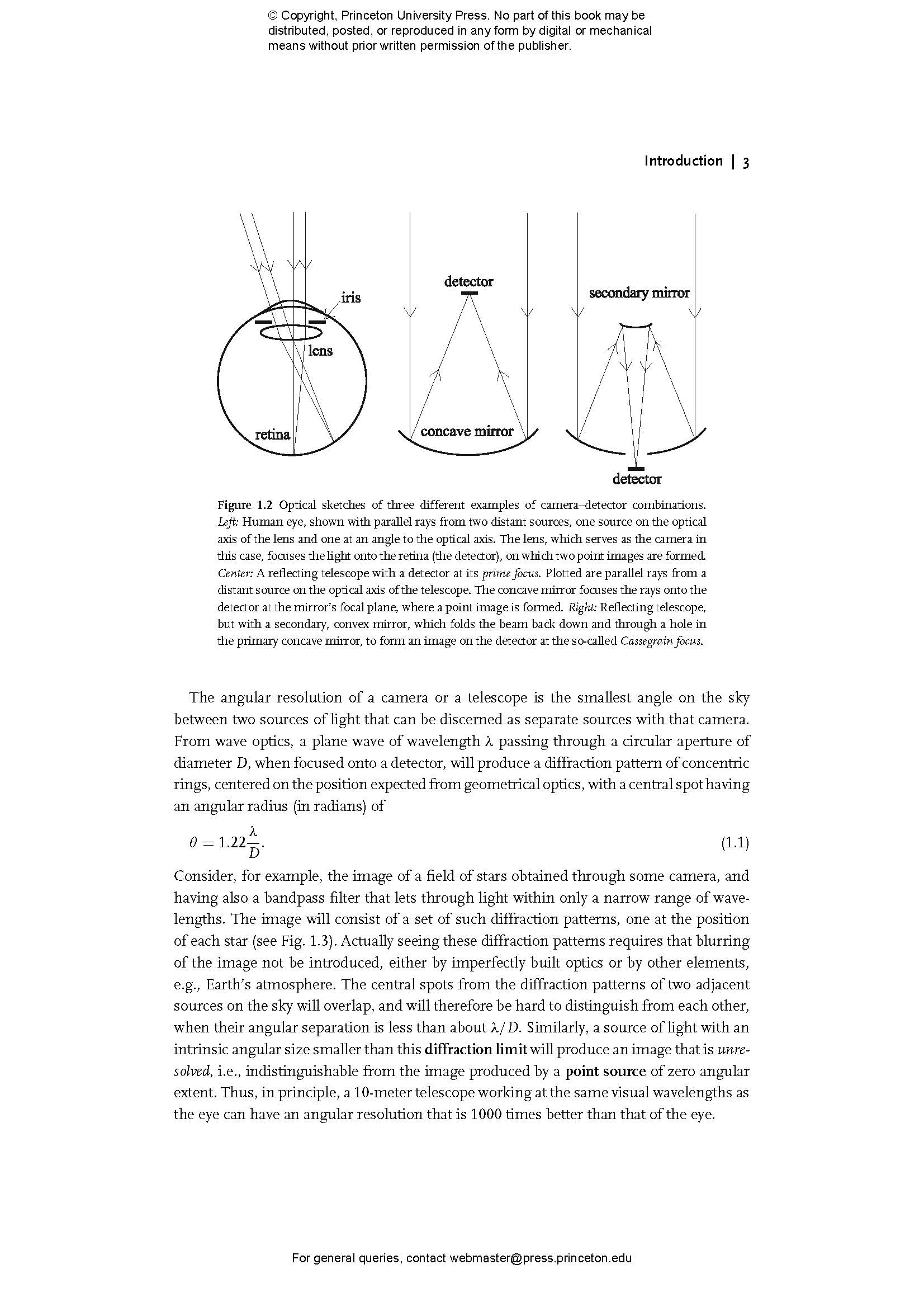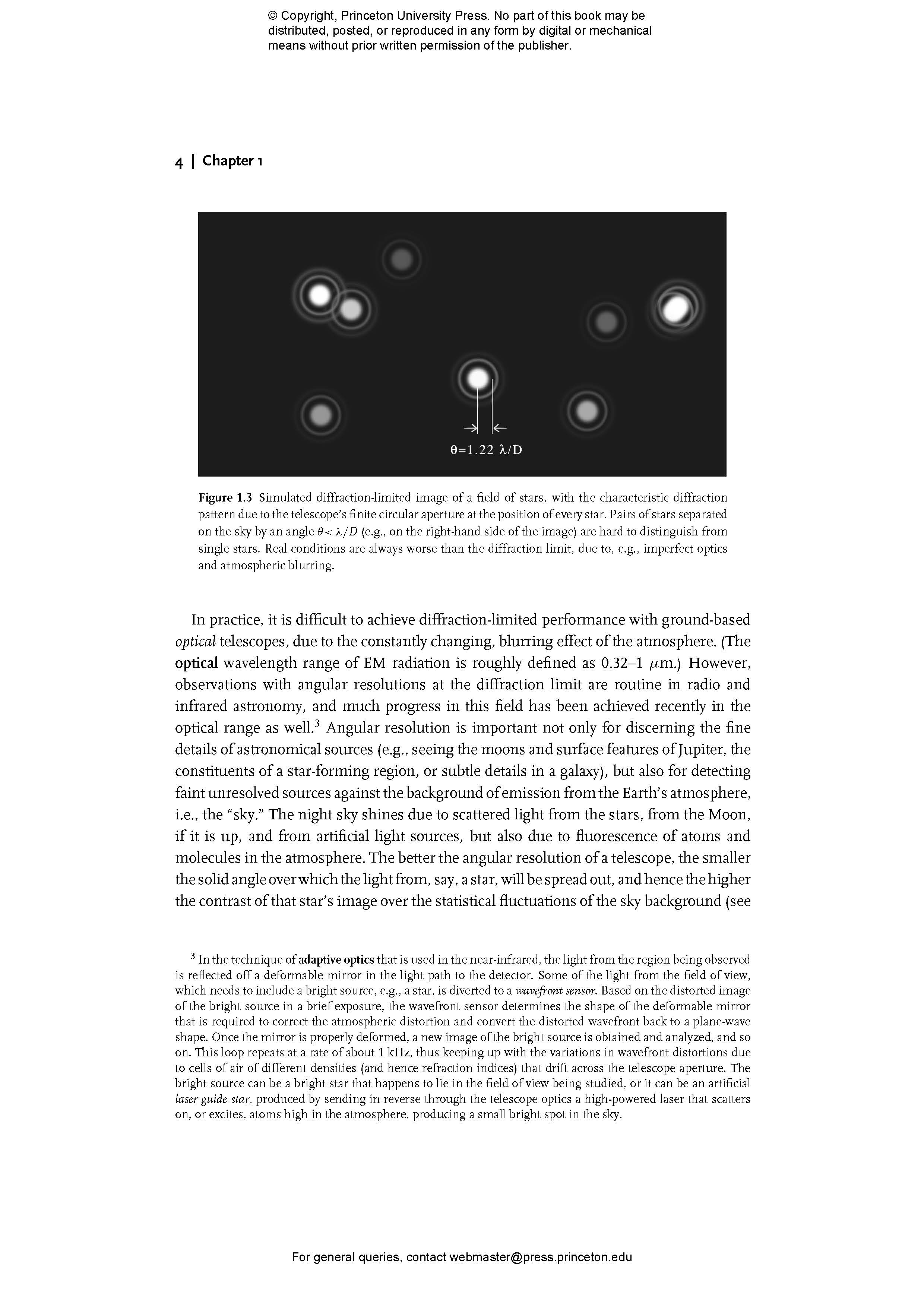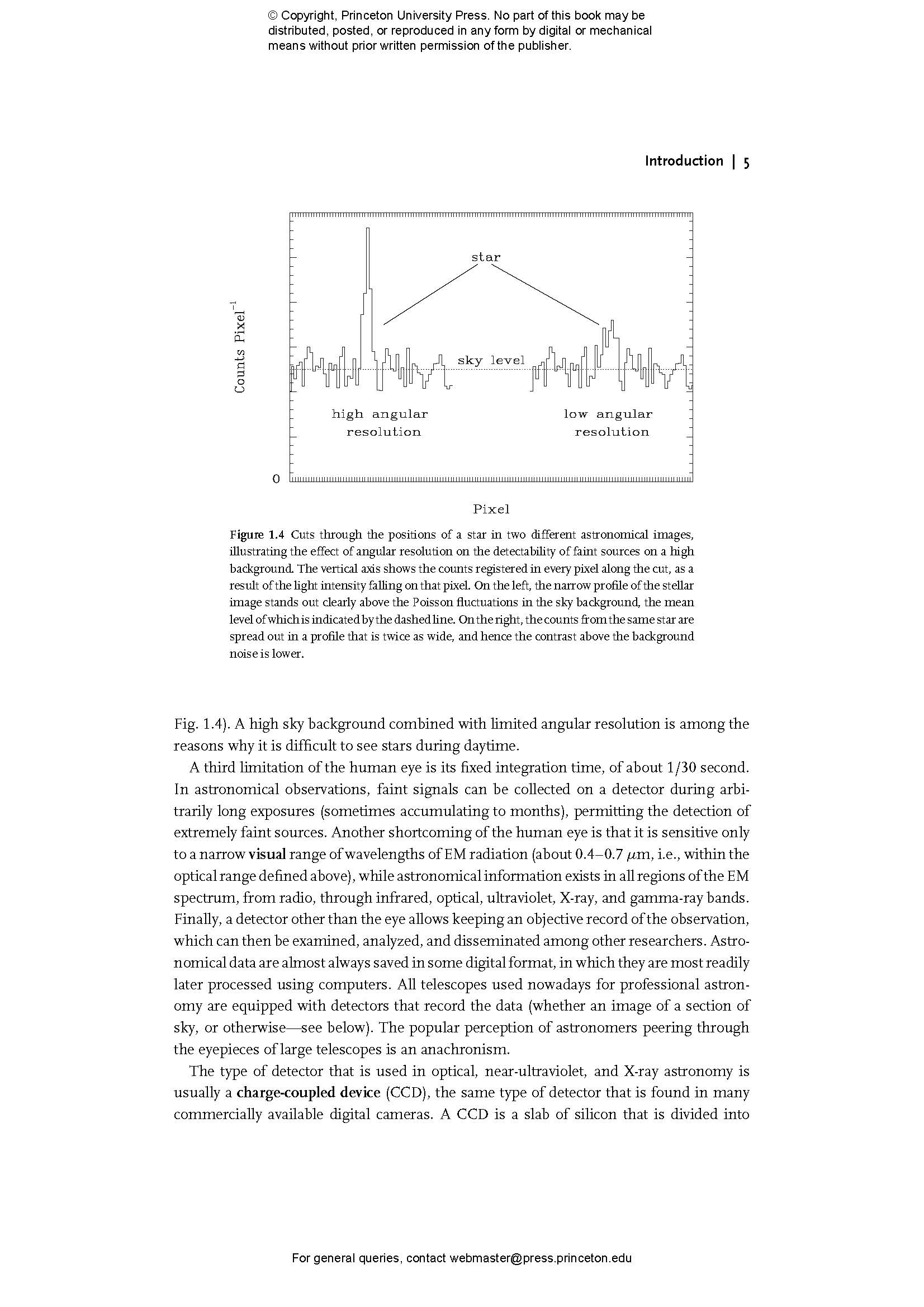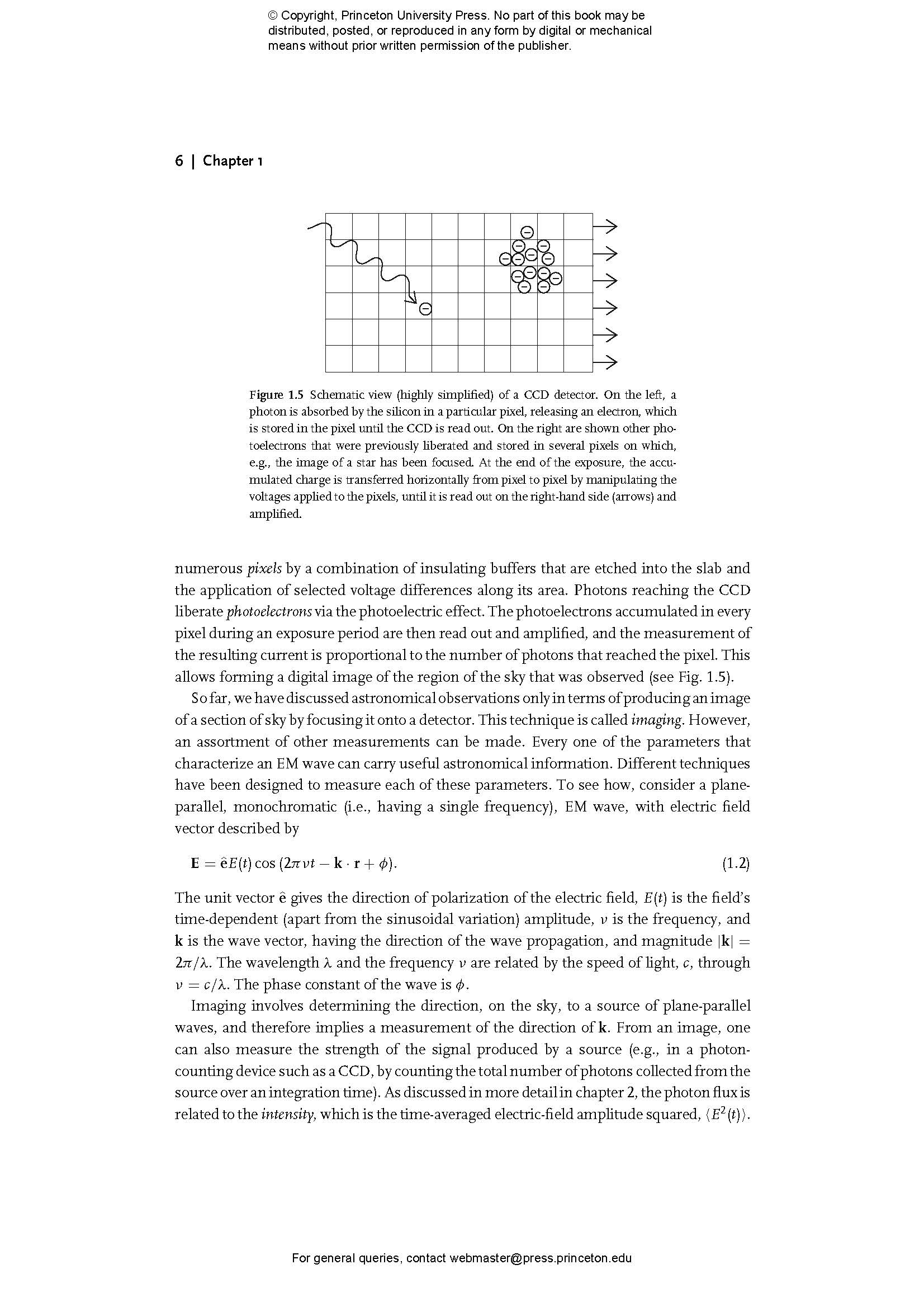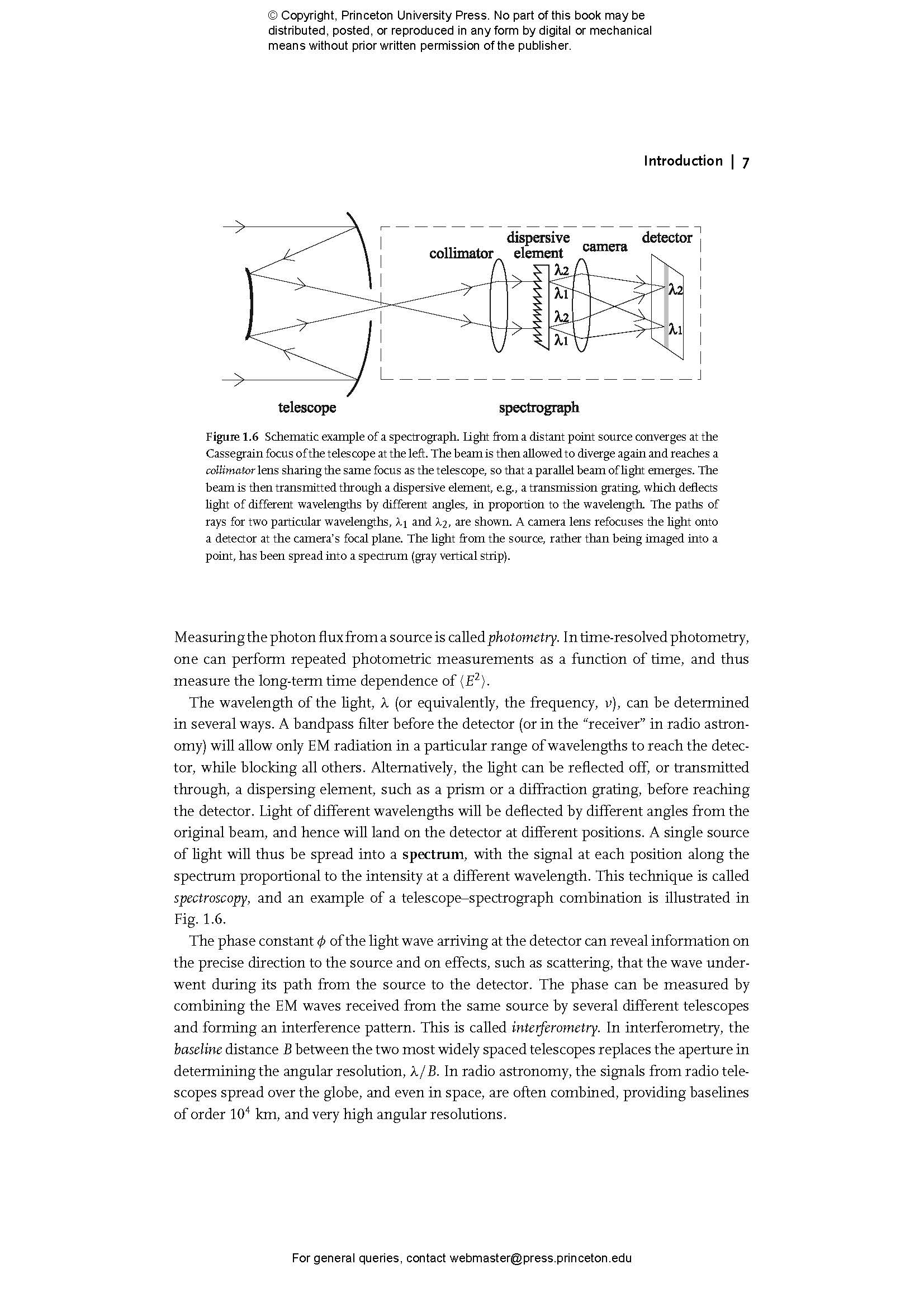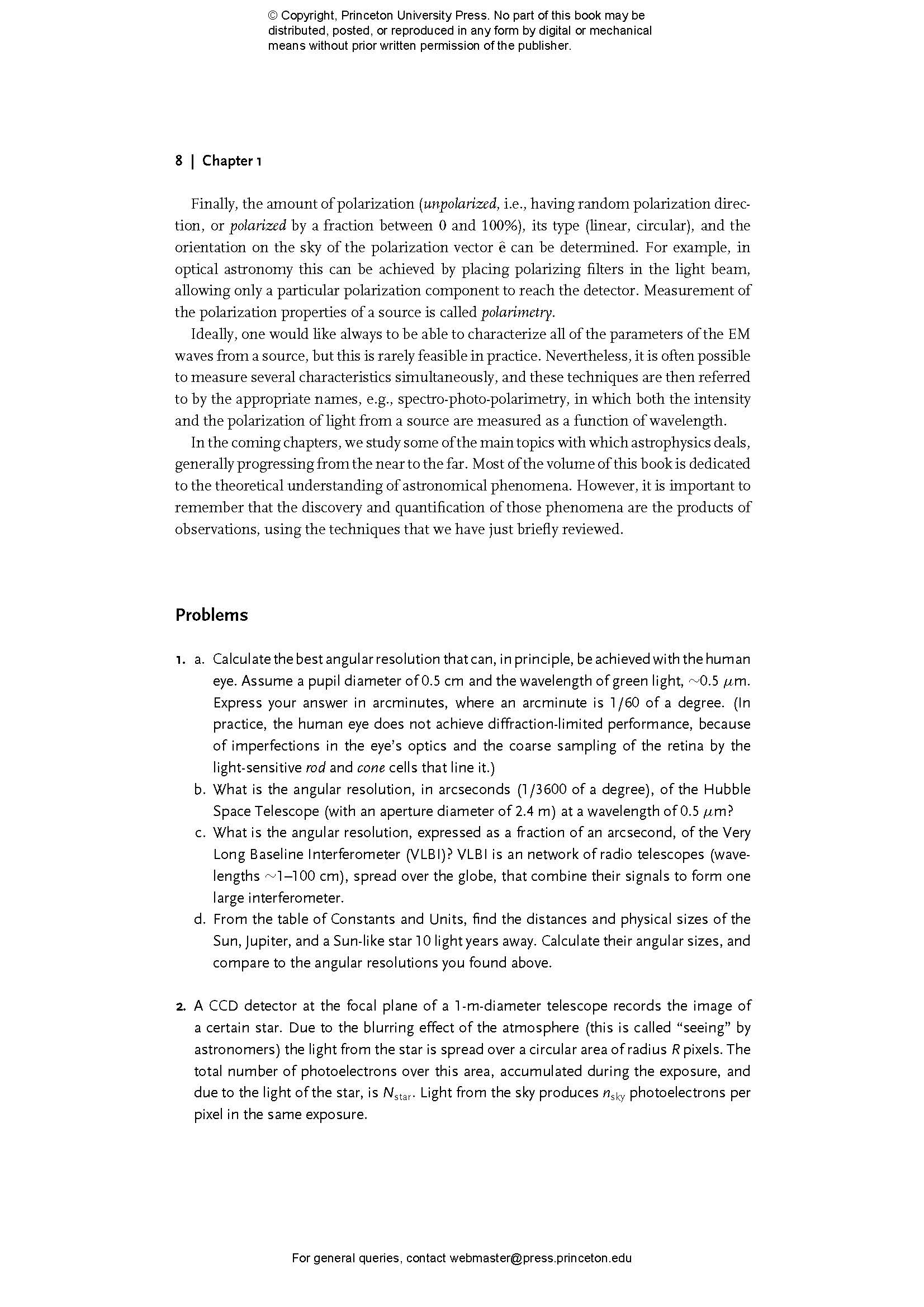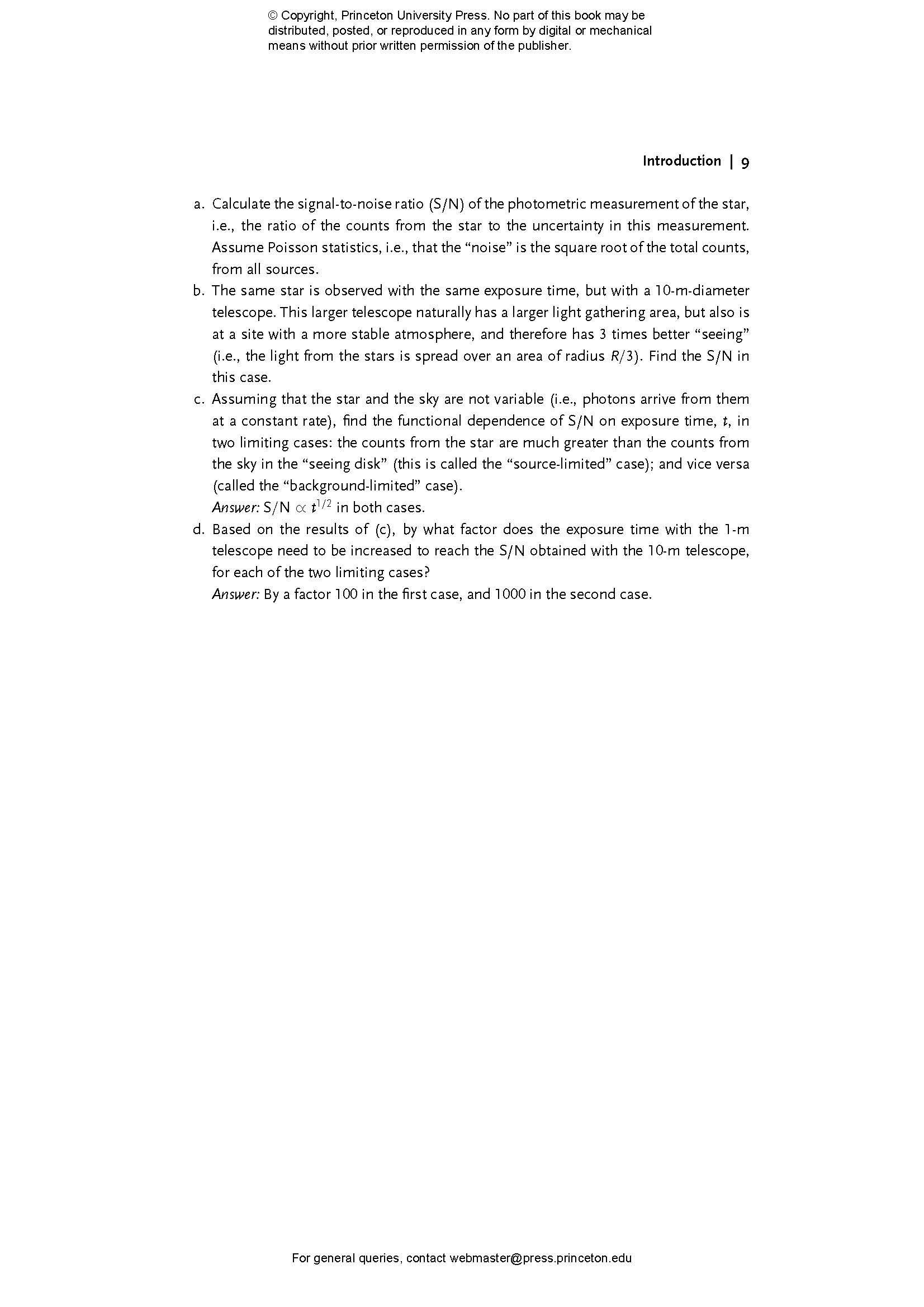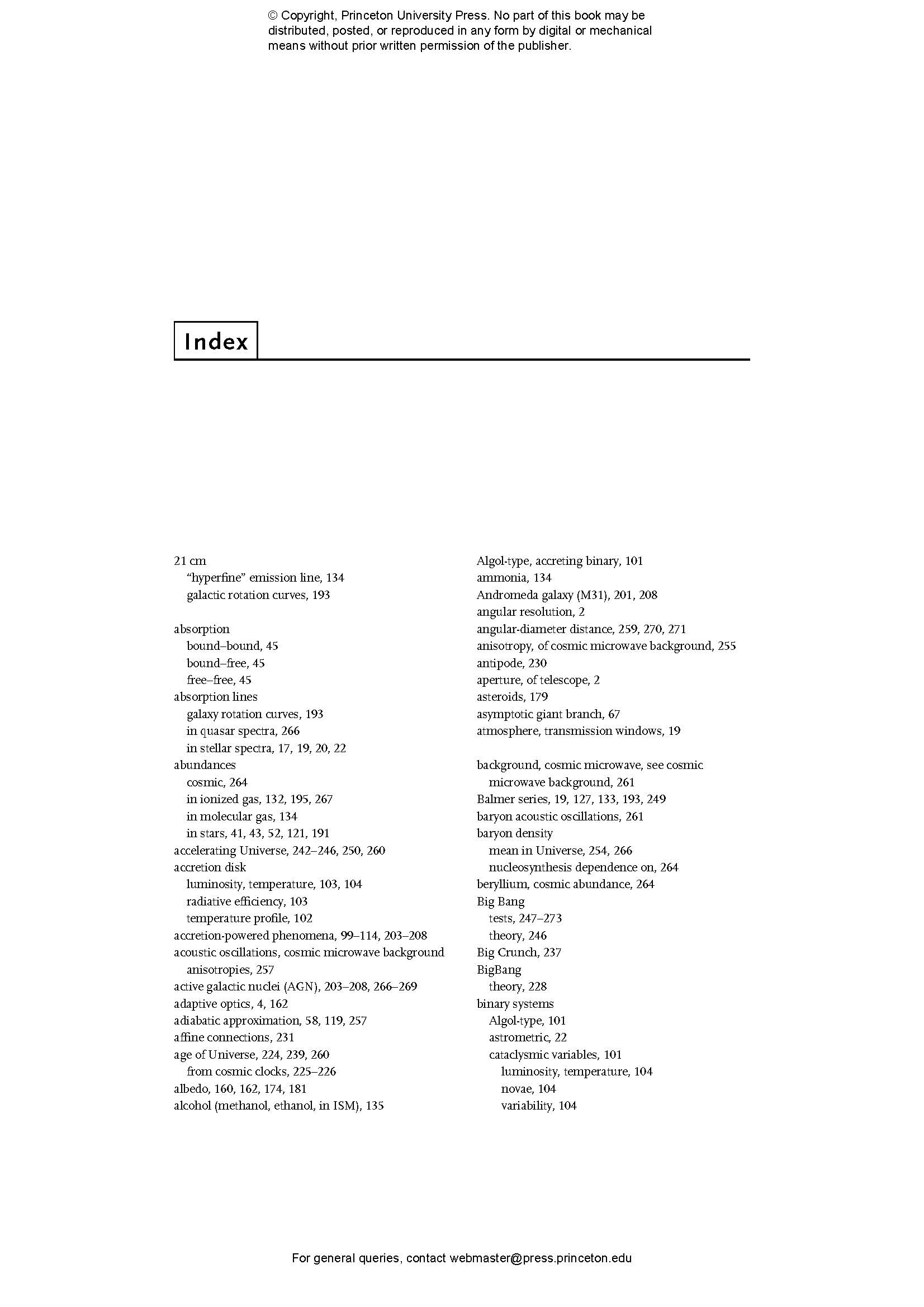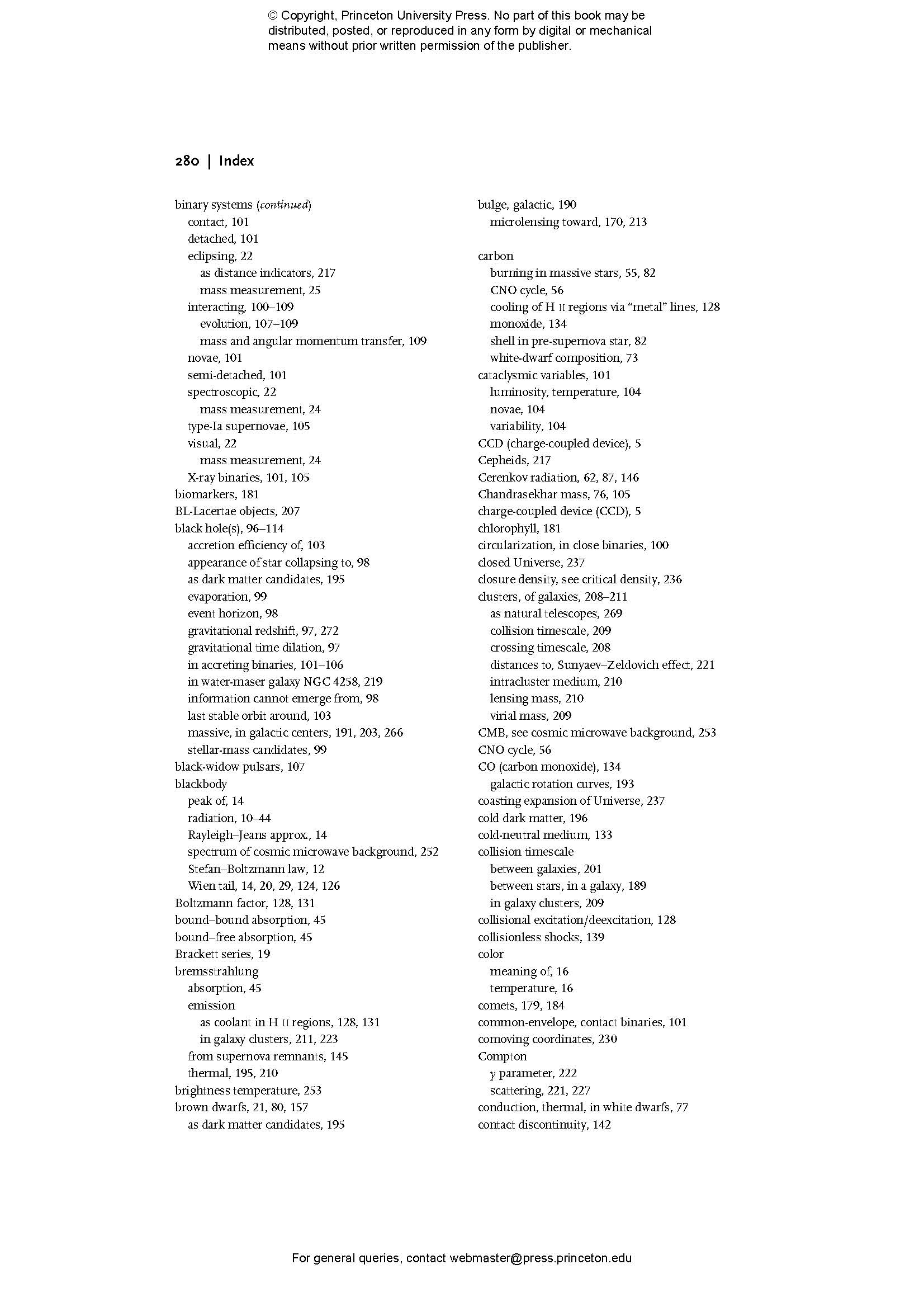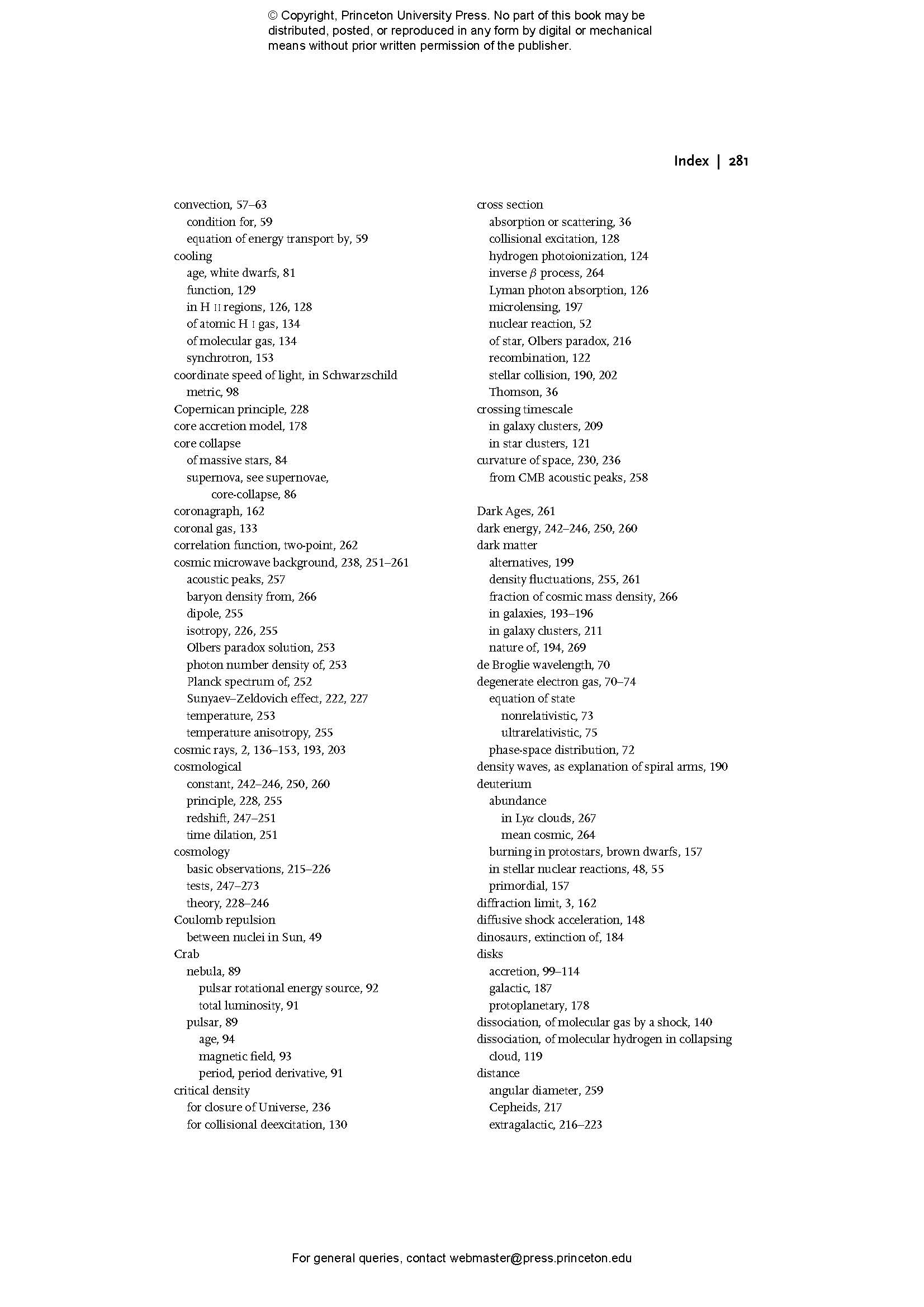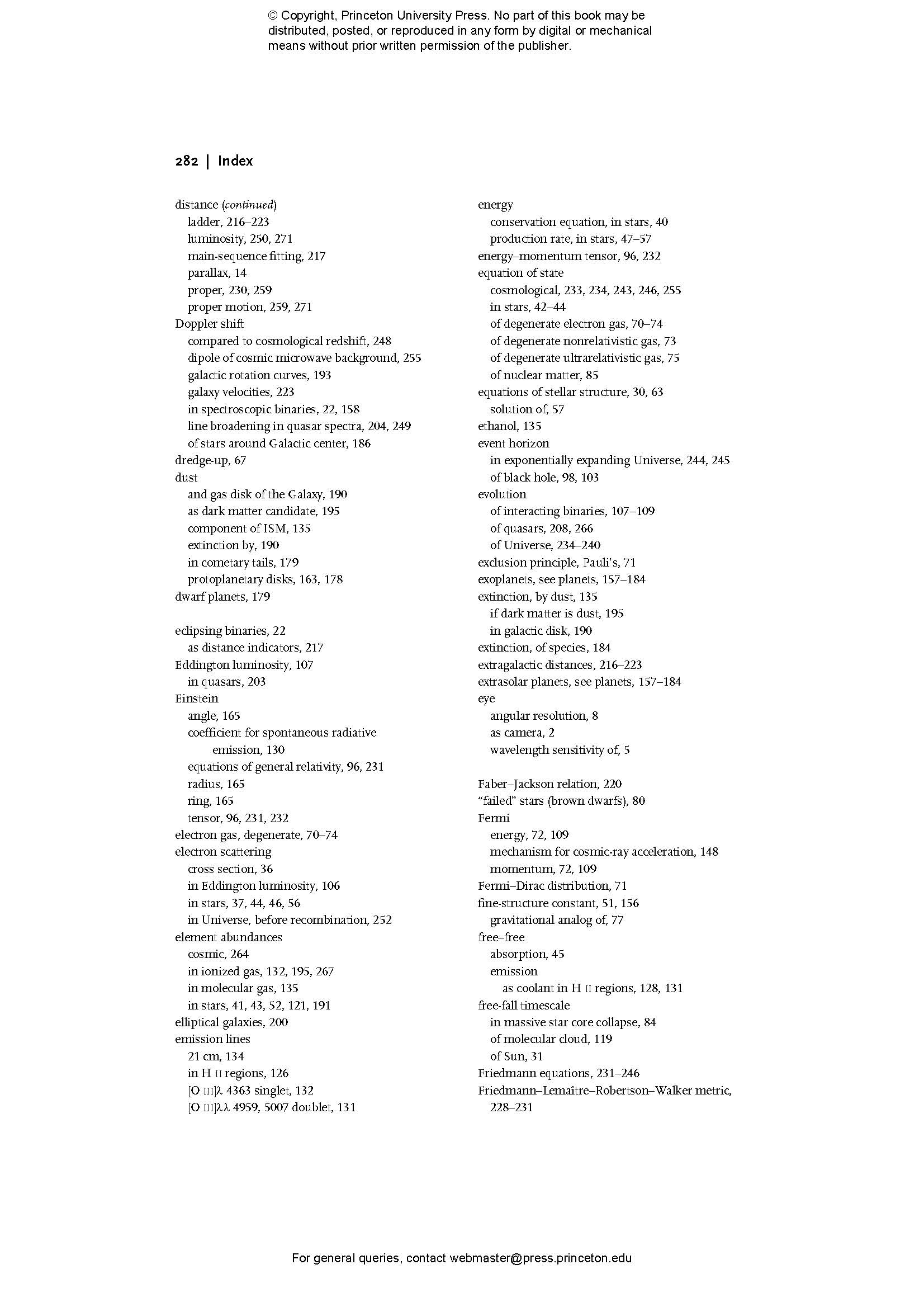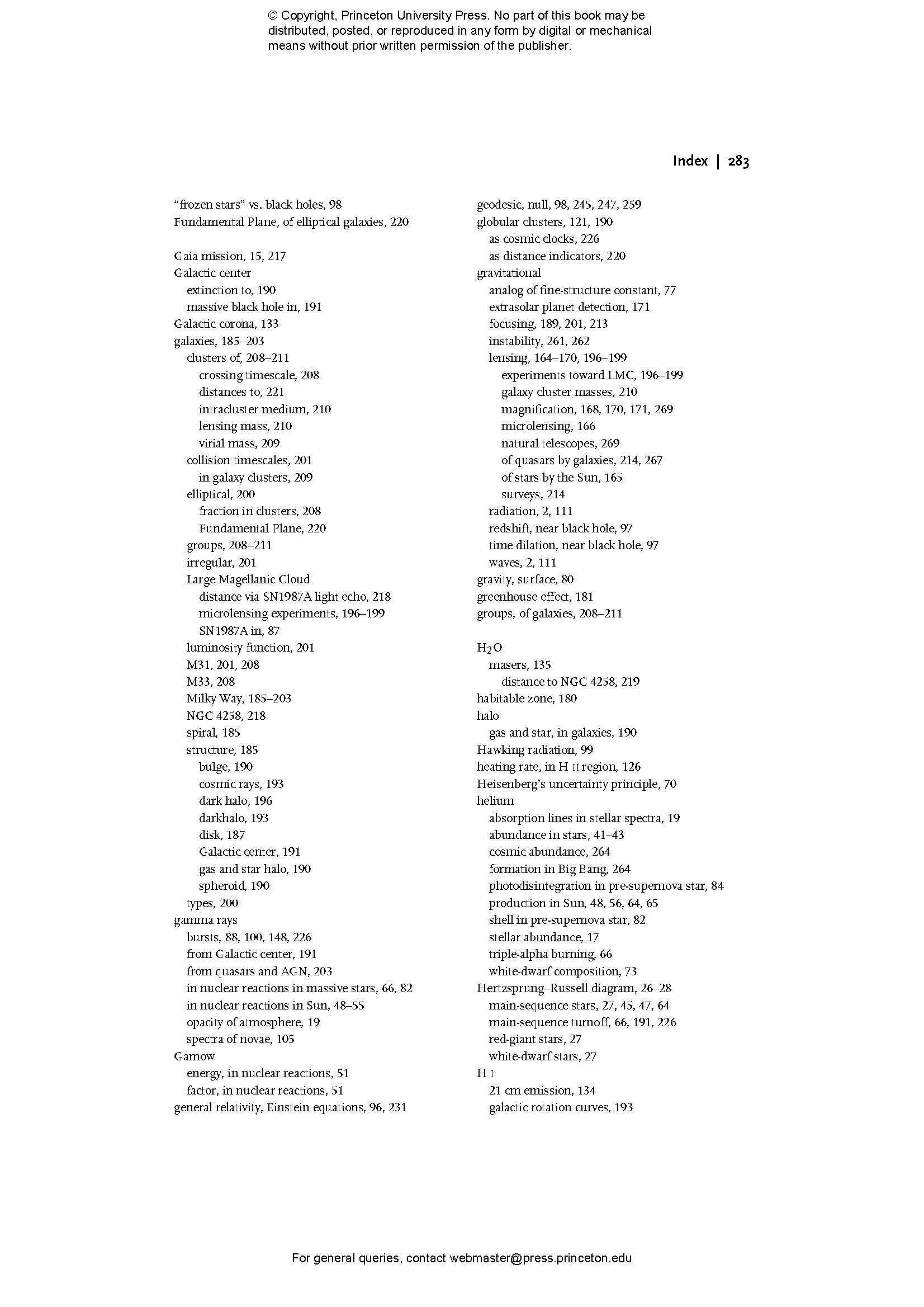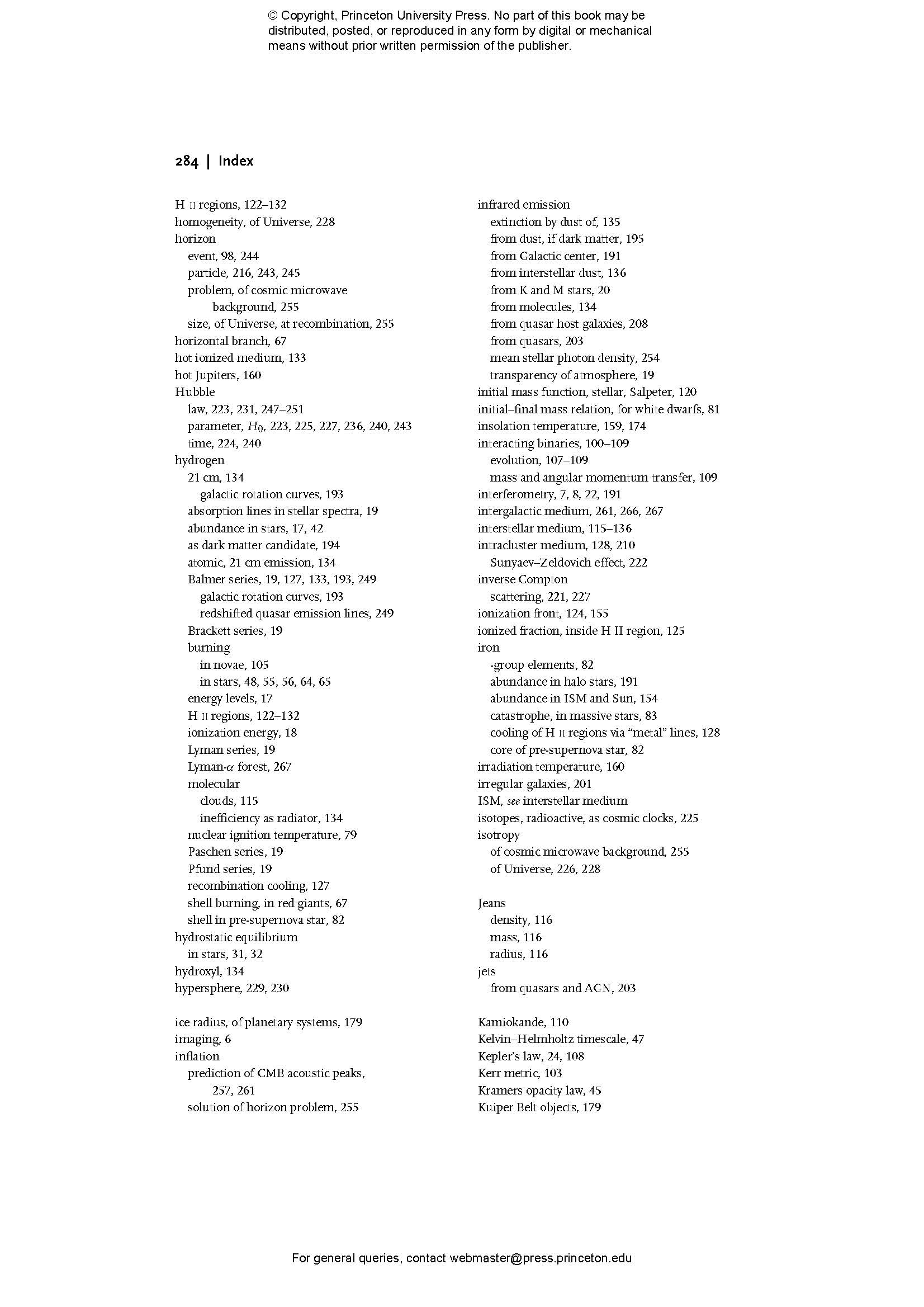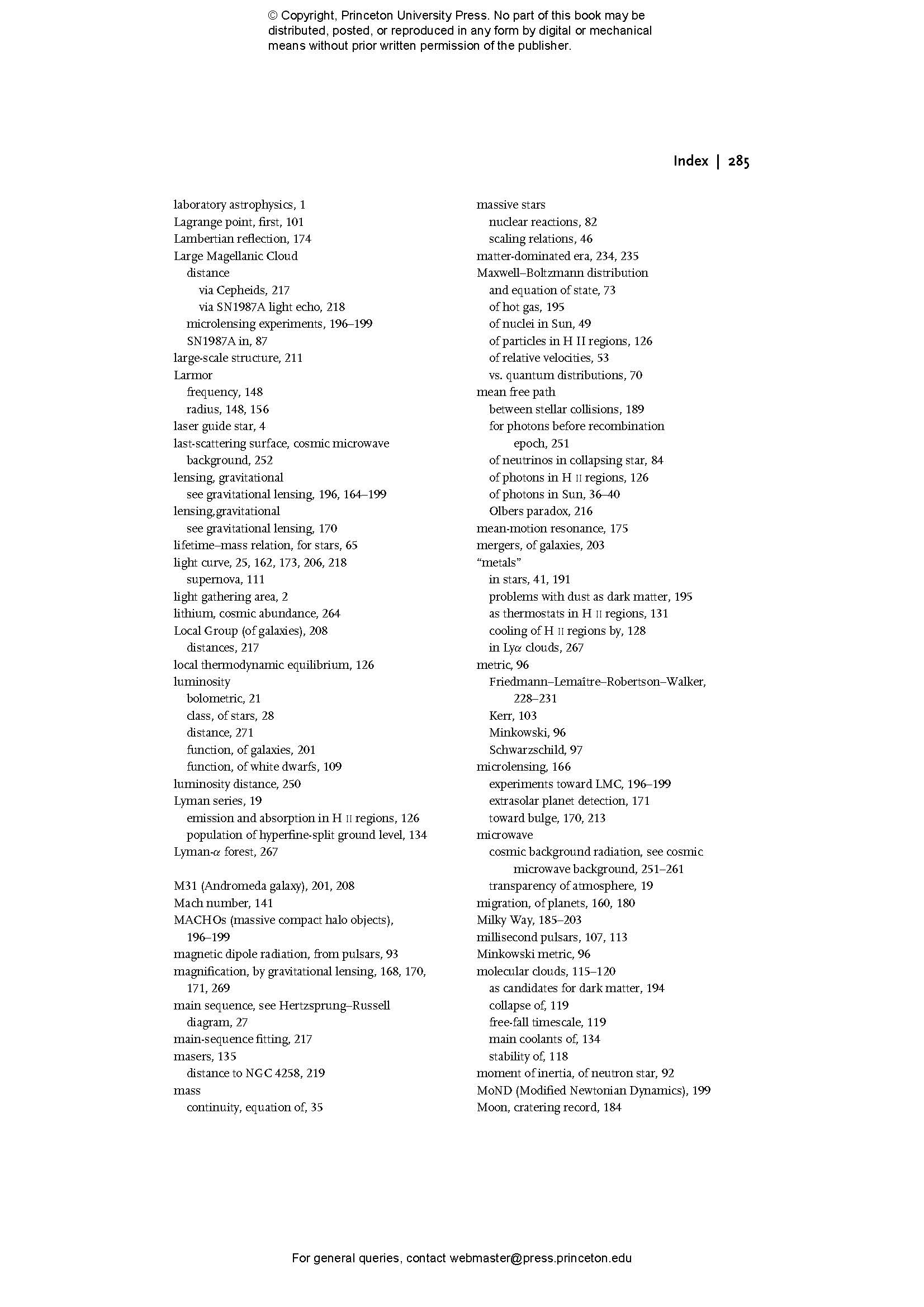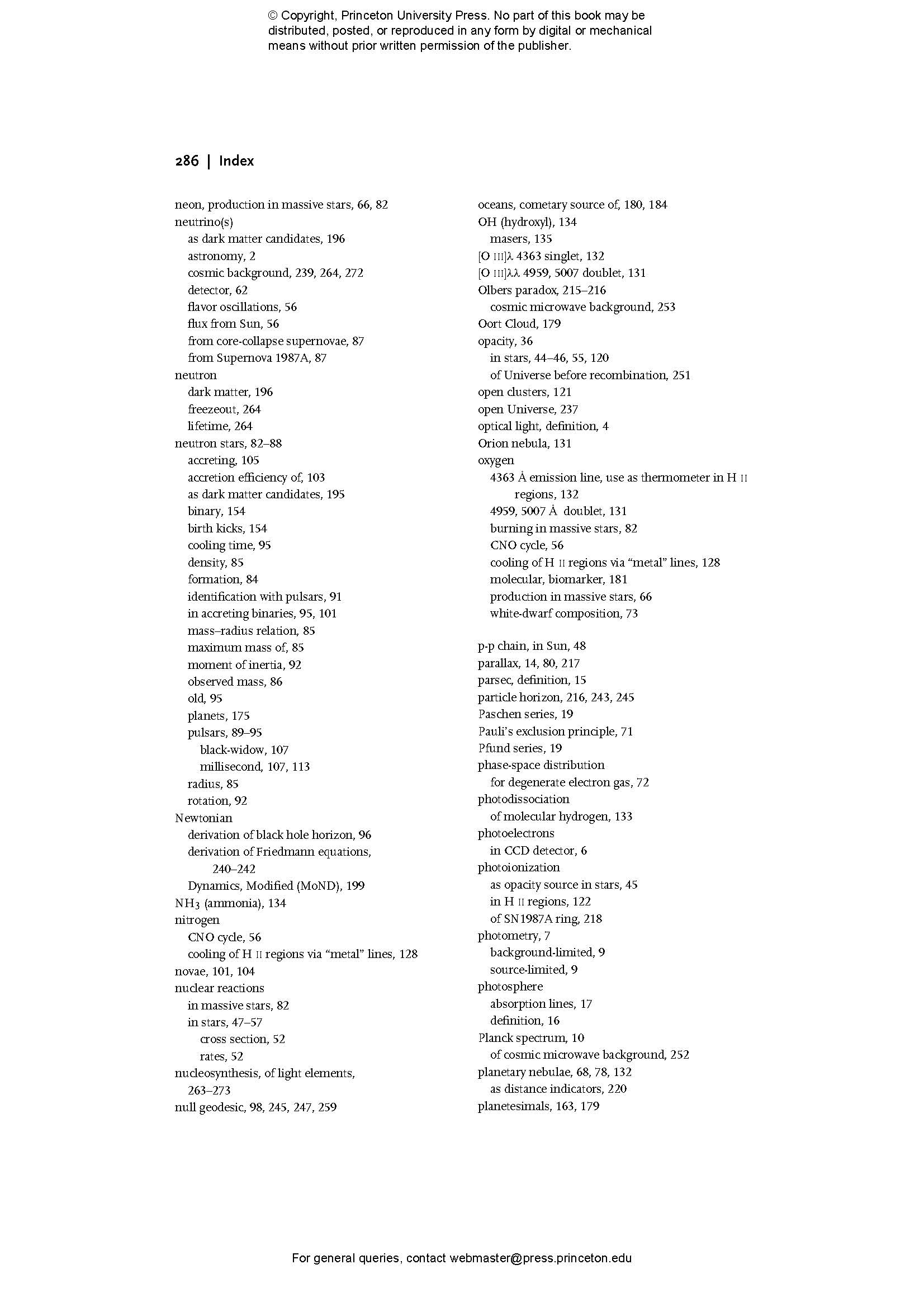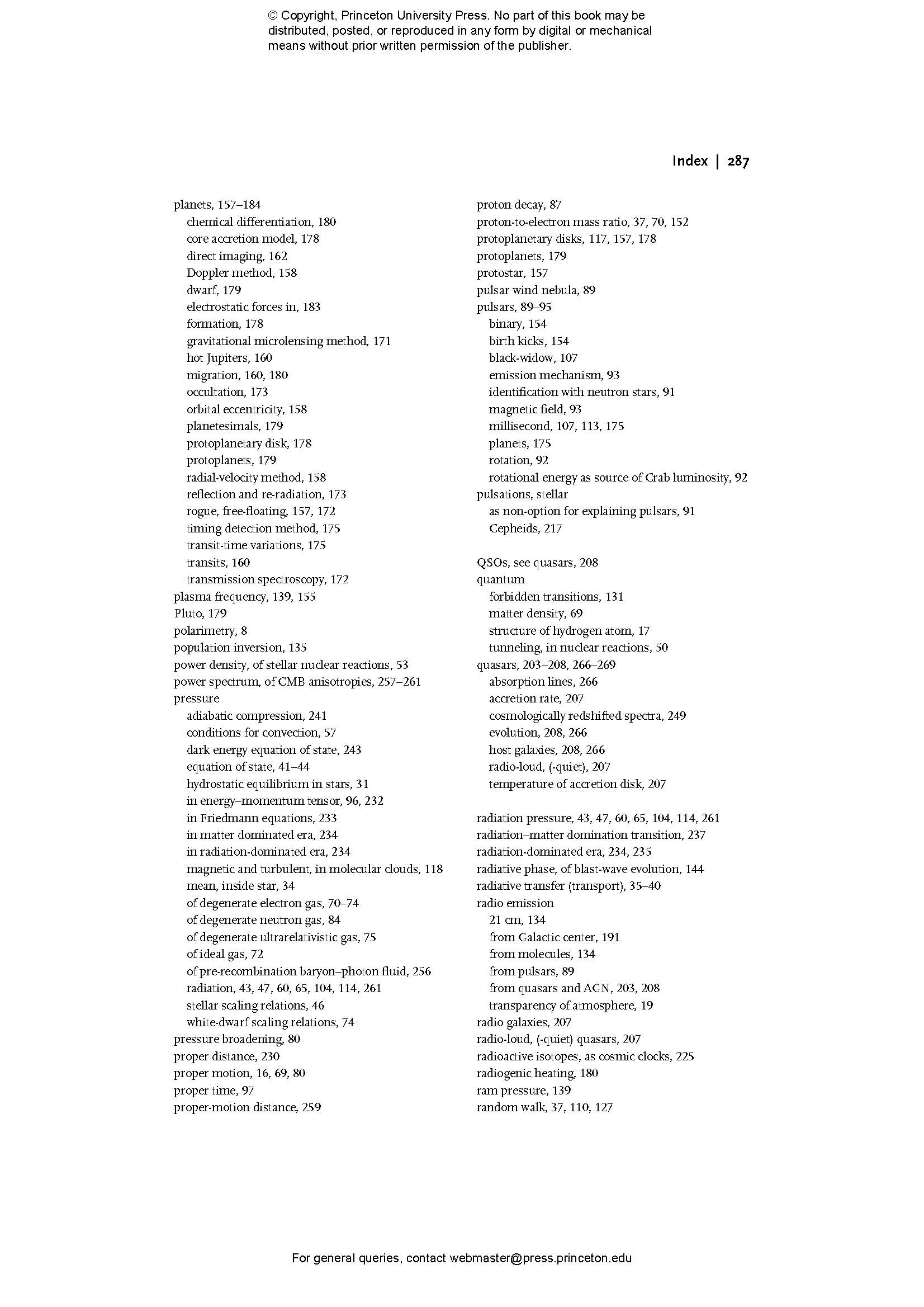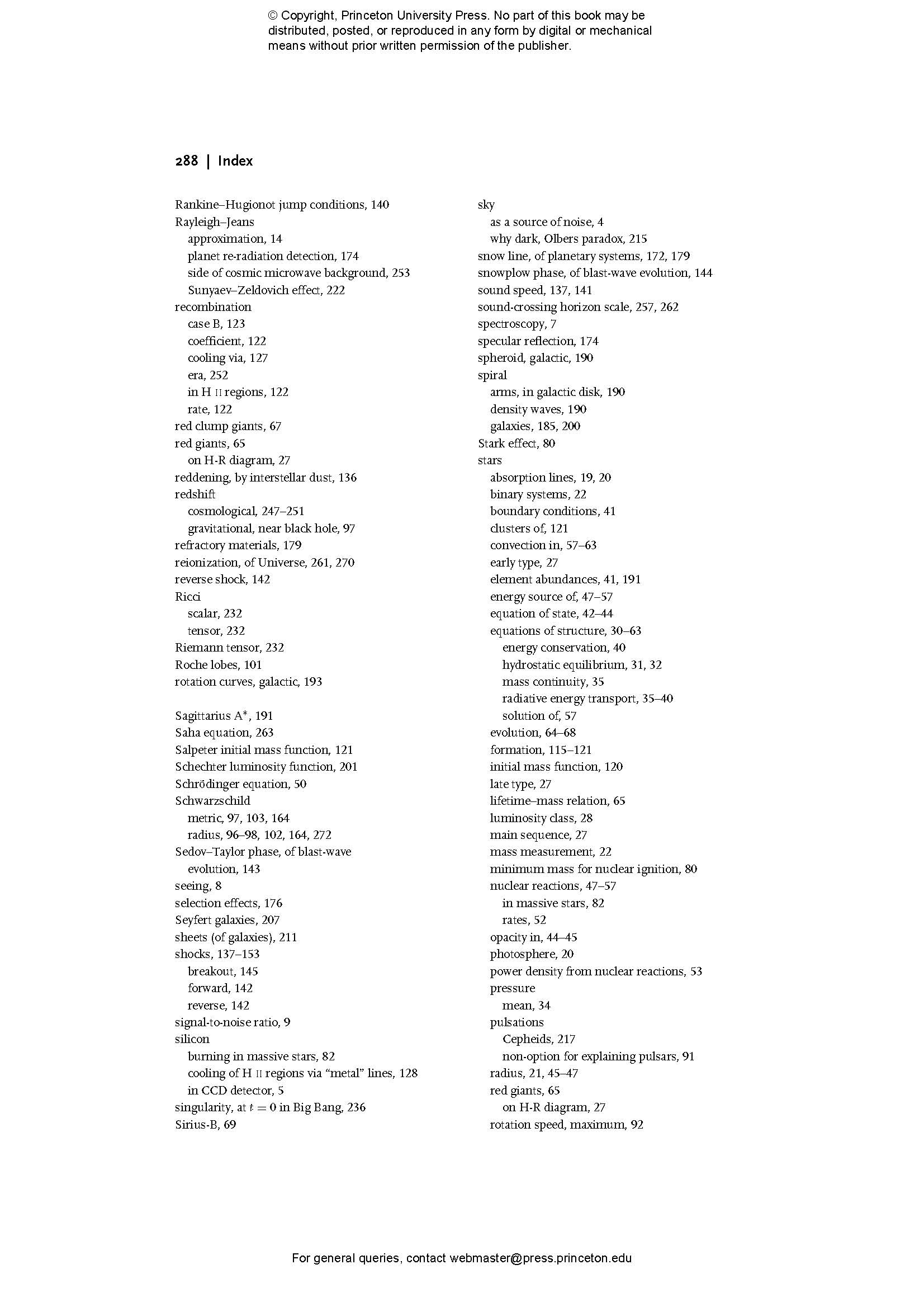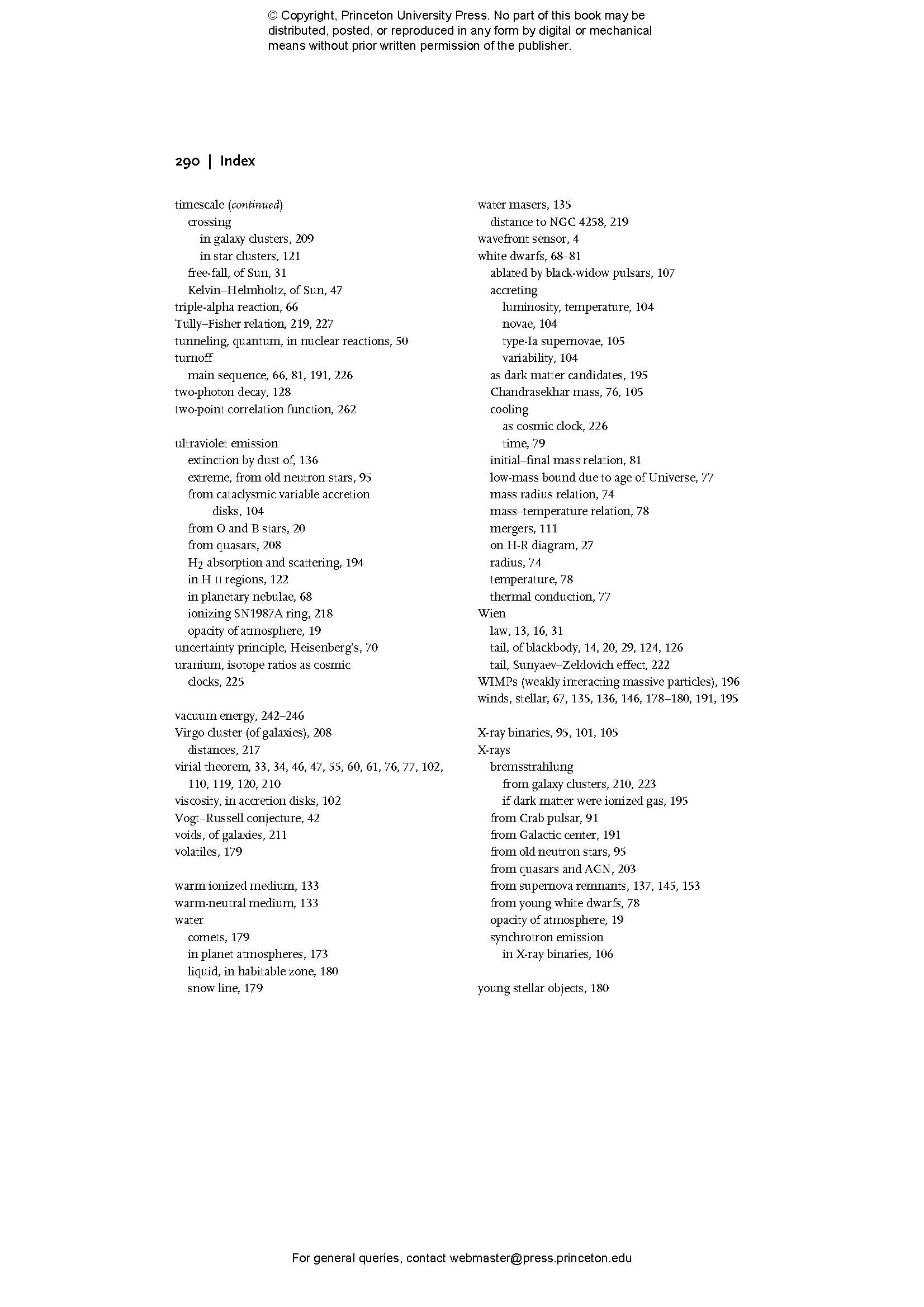Winner of the American Astronomical Society’s Chambliss Award, Astrophysics in a Nutshell has become the text of choice in astrophysics courses for science majors at top universities in North America and beyond. In this expanded and fully updated second edition, the book gets even better, with a new chapter on extrasolar planets; a greatly expanded chapter on the interstellar medium; fully updated facts and figures on all subjects, from the observed properties of white dwarfs to the latest results from precision cosmology; and additional instructive problem sets. Throughout, the text features the same focused, concise style and emphasis on physics intuition that have made the book a favorite of students and teachers.
Written by Dan Maoz, a leading active researcher, and designed for advanced undergraduate science majors, Astrophysics in a Nutshell is a brief but thorough introduction to the observational data and theoretical concepts underlying modern astronomy. Generously illustrated, it covers the essentials of modern astrophysics, emphasizing the common physical principles that govern astronomical phenomena, and the interplay between theory and observation, while also introducing subjects at the forefront of modern research, including black holes, dark matter, dark energy, and gravitational lensing.
In addition to serving as a course textbook, Astrophysics in a Nutshell is an ideal review for a qualifying exam and a handy reference for teachers and researchers.
- The most concise and current astrophysics textbook for science majors—now expanded and fully updated with the latest research results
- Contains a broad and well-balanced selection of traditional and current topics
- Uses simple, short, and clear derivations of physical results
- Trains students in the essential skills of order-of-magnitude analysis
- Features a new chapter on extrasolar planets, including discovery techniques
- Includes new and expanded sections and problems on the physics of shocks, supernova remnants, cosmic-ray acceleration, white dwarf properties, baryon acoustic oscillations, and more
- Contains instructive problem sets at the end of each chapter
- Solutions manual (available only to professors)
Awards and Recognition
- One of Choice's Outstanding Academic Titles for 2016
Dan Maoz is the George S. Wise Professor at Tel-Aviv University, where he chairs the School of Physics and Astronomy.
- Preface
- Constants and Units
- 1 Introduction
- 1.1 Observational Techniques
- Problems
- 2 Stars: Basic Observations
- 2.1 Review of Blackbody Radiation
- 2.2 Measurement of Stellar Parameters
- 2.3 The Hertzsprung–Russell Diagram
- Problems
- 3 Stellar Physics
- 3.1 Hydrostatic Equilibrium and the Virial Theorem
- 3.2 Mass Continuity
- 3.3 Radiative Energy Transport
- 3.4 Energy Conservation
- 3.5 The Equations of Stellar Structure
- 3.6 The Equation of State
- 3.7 Opacity
- 3.8 Scaling Relations on the Main Sequence
- 3.9 Nuclear Energy Production
- 3.10 Nuclear Reaction Rates
- 3.11 Solution of the Equations of Stellar Structure
- 3.12 Convection
- Problems
- 4 Stellar Evolution and Stellar Remnants
- 4.1 Stellar Evolution
- 4.2 White Dwarfs
- 4.3 Supernovae and Neutron Stars
- 4.4 Pulsars
- 4.5 Black Holes
- 4.6 Interacting Binaries
- Problems
- 5 Star Formation and the Interstellar Medium
- 5.1 Cloud Collapse and Star Formation
- 5.2 H II Regions
- 5.3 Components of the Interstellar Medium
- 5.4 Shocks, Supernova Remnants, and Cosmic Rays
- Problems
- 6 Extrasolar Planets
- 6.1 Planet Detection Methods
- 6.2 Planetary System Occurrence and Architecture
- 6.3 Planet Formation and Evolution
- 6.4 Habitable Zones and the Search for Life
- Problems
- 7 The Milky Way and Other Galaxies
- 7.1 Structure of the Milky Way
- 7.2 Galaxy Demographics
- 7.3 Active Galactic Nuclei and Quasars
- 7.4 Groups and Clusters of Galaxies
- Problems
- 8 Cosmology: Basic Observations
- 8.1 The Olbers Paradox
- 8.2 Extragalactic Distances
- 8.3 Hubble’s Law
- 8.4 Age of the Universe from Cosmic Clocks
- 8.5 Isotropy of the Universe
- Problems
- 9 Big Bang Cosmology
- 9.1 The Friedmann–Lemaître–Robertson–Walker Metric
- 9.2 The Friedmann Equations
- 9.3 History and Future of the Universe
- 9.4 A Newtonian Derivation of the Friedmann Equations
- 9.5 Dark Energy and the Accelerating Universe
- Problems
- 10 Tests and Probes of Big Bang Cosmology
- 10.1 Cosmological Redshift and Hubble’s Law
- 10.2 The Cosmic Microwave Background
- 10.3 Anisotropy of the Microwave Background
- 10.4 Baryon Acoustic Oscillations
- 10.5 Nucleosynthesis of the Light Elements
- 10.6 Quasars and Other Distant Sources as Cosmological Probes
- Problems
- Appendix
- Index
"Praise for the first edition: "Dan Maoz aims to provide a concise guide to the subject for advanced science undergraduates. The essentials of modern astrophysics are covered, from traditional topics such as stellar remnants and galaxies to recent research including dark matter and dark energy, while training students in order-of-magnitude analysis.""—Times Higher Education
"Praise for the first edition: "Maoz makes generous and excellent use of back-of-the-envelope calculations and approximations to the more complete theory, accurate enough to both illustrate the physics and to arrive at decent numerical answers. . . . Lots of material is squeezed into this thin volume. The treatment of stellar physics is particularly insightful; other topics—galaxies and galactic structure and cosmology—are also very well done.""—K. L. Schick, Choice
"Praise for the first edition: "The presentation of so much material . . . is done very skillfully, with a judicious balance between mathematical discussion and physical argument. The pedagogic value of the text is greatly enhanced by the problems given at the end of each chapter. Altogether, the book lives well up to the publisher's declared aims.""—Leon Mestel, Observatory
"Praise for the first edition: "This is, without a doubt, one of the best books that I have used for an introductory course in astrophysics over the past decade. The book is unique in providing a pedagogical and authoritative overview of all the important topics in present-day astrophysics with mathematical rigor. The equations are self-contained and well explained, and the results are derived in a concise, factual manner with careful attention to details. My students, teaching assistant, and I have all found the book to be outstanding.""—Avi Loeb, Harvard University
"Praise for the first edition: "Astrophysics in a Nutshell introduces the serious student to the tools, diversity, and power of modern astrophysical theory. In one panoramic volume, both text and reference, the author presents and applies essential concepts and equations, introducing the methods by which we seek to understand the inner workings of the cosmos. It will make a useful addition to the libraries of novice and pundit alike.""—Adam Burrows, Princeton University
"Praise for the first edition: "Astrophysics in a Nutshell is just that—a no-nonsense, fast-paced textbook that authoritatively covers the concepts underlying modern astronomy at an advanced undergraduate level. Dan Maoz does a remarkably good job of presenting the widest range of material that can be reasonably contained in a serious one-semester course. The book's scholarship is excellent and fully up to date.""—Greg Laughlin, University of California, Santa Cruz
"Praise for the first edition: "I have nothing but praise for this textbook. It is a significant contribution to a field that is short on introductions to astronomy for science majors. Astrophysics in a Nutshell fills a basic need.""—Lynne Hillenbrand, California Institute of Technology
"The book is outstanding and belongs on al physics professors' desks and in all colleges and libraries."—Choice
